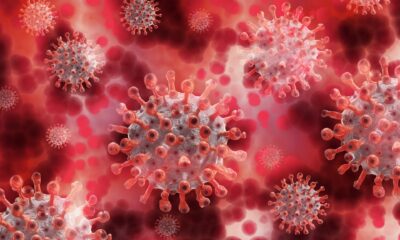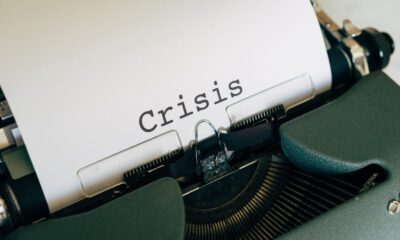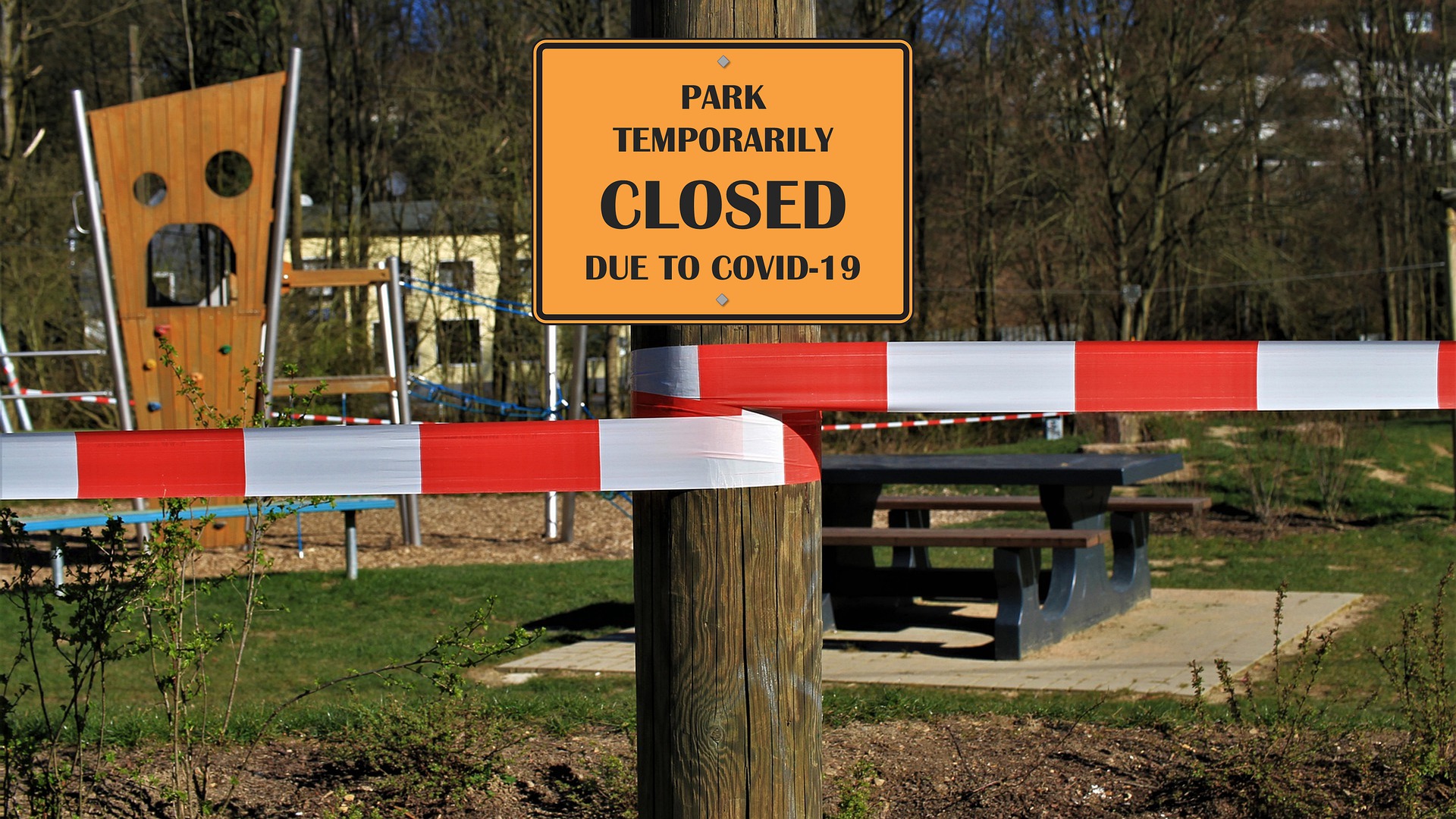Ever since the first case of COVID-19 in November of 2020, the definition of normal has changed worldwide. Coronavirus has caused havoc on the global health system. Now heading into the new year, what does the future looks like in the light of the new, 500% more contagious omicron variant, titled by WHO as the variant of concern?
Let’s look at 2022, painted by scientists under the light of the COVID pandemic.
The Pandemic: Light at the End of the Tunnel
Coronavirus has already cost the world over 5.2 million lives and left 2.57 million others infected. The horrific, nightmarish damage the pandemic has done will leave a deep dent for decades to come. But, with a new year and mutant ahead, many questions are surfacing. Will the coronavirus become less dangerous? Will the mortality rate of the virus fall?
Experts worldwide believe that though coronavirus, by its very nature, will continue mutating until it finds a healthy balance. Still, the chances are that the pandemic might not be as deadly. Backed by three pillars:
- Acquired Immunity
- Vaccine
- Progress in the Medicine
Medical experts are finally expecting to see the light at the end of the tunnel.
Vaccine
Approximately 9 million are shielded against the virus with miraculous jabs. 3.33 Million of which are fully vaccinated. More than 36 countries have rolled out booster shots. Labs and pharmacies around the world are producing 1.5 billion doses every month.
Seven vaccines, till now, are approved by the WHO, while five stand in the queue. However, thanks to technological progress, vaccines will become more accessible in the coming year. According to an estimation, there will be about 25 billion shots of the COVID jabs available in the market by 2022.
Also Read: The Newly authorized Moderna COVID-19 vaccine VS The Pfizer
Though these vaccines can’t eradicate infections, they will provide a defense web. Breaking the link between infection and death, the vaccines, coupled with bodily immunity, can provide us a solid shield to our body against future mutations. They might not be as effective to the mutations but would, surely, not be ineffective.
The Variant of Concern
Furthermore, the vaccine developers are already racing to adjust their vaccine to defeat the mutated version of COVID. Omicron, or the Virus of Concern, is the biggest consideration today. Fortunately, scientists claim the omicron vaccine to be ready by early 2022.
With the unprecedented accelerated development of vaccines, two years into the pandemic, a substantial population has already been vaccinated. So, in the near future, vaccination may become an annual necessity.
Adar Poonawala, CEO, Serum Institute Indian, says, “we would need one to two booster shots every year to the next ten years.” Only after a decade of vaccination is likely to make us resilient enough to the COVID, as were are to the common cold today.
Also Read: Have India rushed in approving it’s indigenous COVID vaccine?
Vaccine Mandates
Moving forward, many countries are likely to make vaccines compulsory. For example, the government in Indonesia, Micronesia, and Turkmenistan have already mandated COVID vaccines for all adults. While in dozens of countries, including Australia, the USA, and Canada, vaccines are compulsory for health officials.
Also Read: The Dilemma of Implementing Vaccine Passports
In 2022, vaccination certificates are likely to become an ID. Austria, the Czech Republic, and Bulgaria have already bane unvaccinated people from public places. The motive behind all these restrictions is to encourage vaccination and develop immunity against the virus.
The Pandemic: Acquired Immunity
Over 2.65 million people globally have already been infected by the coronavirus. The combination of infection and vaccination will immune our body to repel serious infection. Whereas the infected will have enough medicine to backbone them to recover.
Both the United States and the United Kingdom have already approved the COVID pill by Merck. By the end of 2021, there will be at least 10 million doses of these pills on the market. Without a shadow of a doubt, the virus from China is not going away. For the entire modern medical history, we have been able to eradicate only one disease, Smallpox.
Also Read: Widening Inequalities & Suffering Vulnerable: The Urgent Need of Vaccine Equity
Coronavirus is unlikely to be an expectation. In the coming years, more people will build immunity to the virus. As a result, the spikes in infection might mellow down. Death by COVID could still be seen, but only in people with already underlying health issues. The world is likely to learn to live with the virus by the year 2022.
2022: Not so Uncertain Future
As we step into 2022, the need to address vaccine inequity will become more crucial. Vaccine-rich countries will have to distribute and donate enough vaccines for the vaccine-poor nations. Vaccine patents will have to be waved. The need to develop a COVID vaccine safe for children will become important.
Also Read: Africa: The Long Wait For COVID Vaccine Far From Over
Stepping into 2022, mask and social distancing, coupled with occasional lockdown for curbing the spread, might still exist. But, flexible working will become the new normal. Bussines and traveling will bounce back, but not without vaccine certificates.
Hopefully, in 2022, the COVID-19 may be reduced from a pandemic to an endemic. A sessional flare-up can still be seen, but our lives can get back on the track of post-covid normalcy.



 Featured9 months ago
Featured9 months ago


 Featured10 months ago
Featured10 months ago


 Featured2 years ago
Featured2 years ago


 Featured4 years ago
Featured4 years ago


 Featured3 years ago
Featured3 years ago


 Featured10 months ago
Featured10 months ago


 Featured2 years ago
Featured2 years ago


 Featured4 years ago
Featured4 years ago















